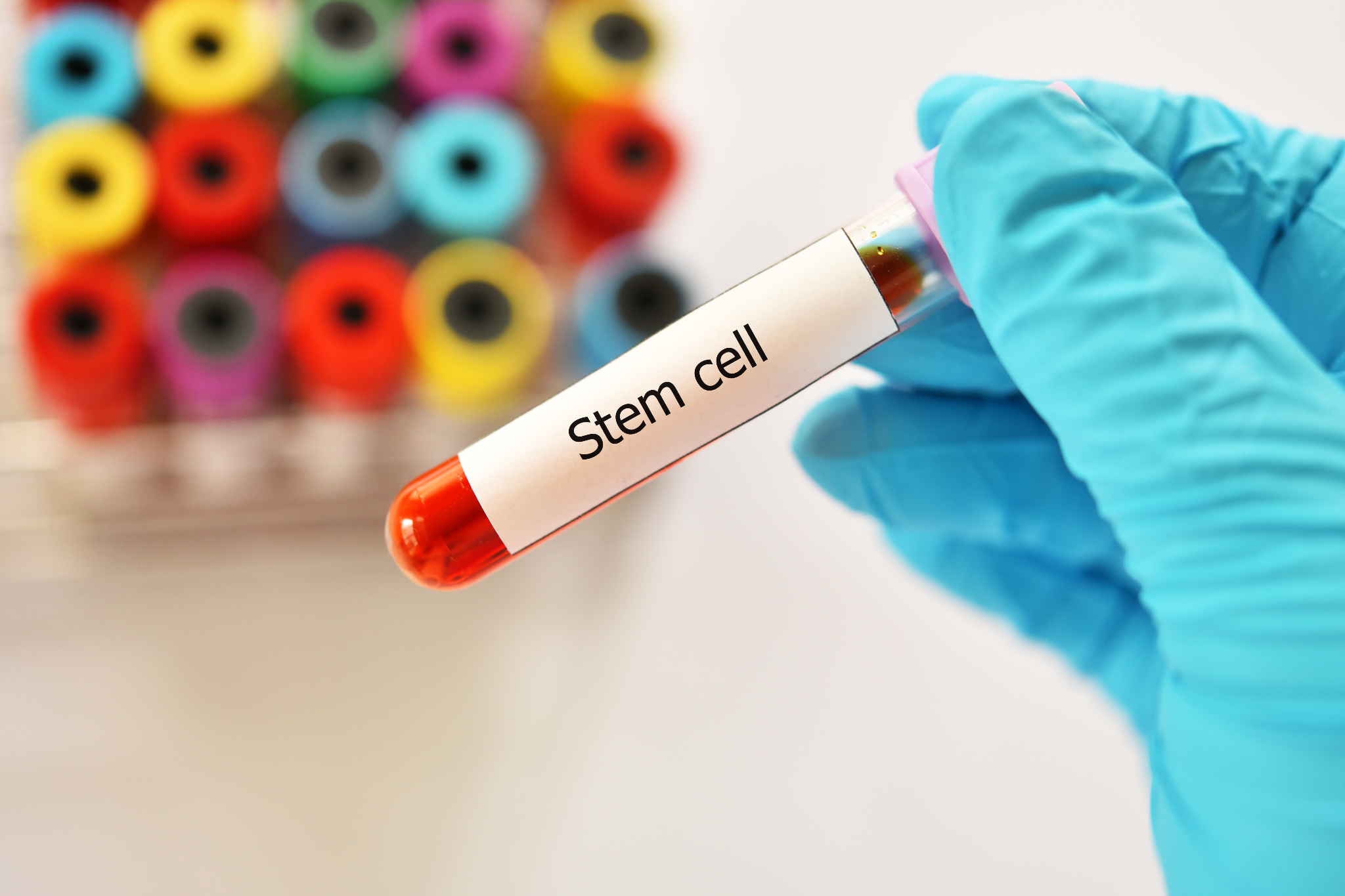Stem cell transplantation has emerged as a crucial treatment option for a wide range of diseases and conditions, including leukemia, lymphoma, and certain genetic disorders. However, finding a suitable stem cell donor can be a challenging task, especially when it comes to matching the genetic makeup of the recipient. This is where the importance of diversity in stem cell donor matching becomes evident, particularly in the context of the United States.
The United States is a melting pot of different ethnicities and races, with a diverse population that includes individuals of African, Asian, Hispanic, Native American, and European descent, among others. This diversity is a tremendous asset in many aspects of society, and it is equally important in the field of stem cell transplantation. Matching the genetic markers of the donor and recipient is crucial to minimize the risk of rejection and maximize the success of the procedure. Therefore, a diverse donor pool is essential to increase the chances of finding suitable matches for patients from different ethnic backgrounds.
One of the primary factors influencing the compatibility of a stem cell transplant is the human leukocyte antigen (HLA) system. HLA genes encode proteins that play a crucial role in the immune system and help identify cells as “self” or “non-self.” Patients are more likely to find a suitable donor match among individuals of similar ethnic backgrounds due to the shared genetic heritage within those populations. Therefore, a diverse donor pool that represents various ethnicities and races improves the likelihood of finding compatible donors for patients from all backgrounds.
Unfortunately, the current availability of stem cell donors does not adequately reflect the diverse population of the United States. The majority of registered donors in the national and international registries are of European descent. Consequently, patients from minority ethnic groups face a significant challenge in finding suitable matches, as the probability of finding a match decreases with the decreasing genetic similarity between donor and recipient.
To address this issue, it is crucial to raise awareness about the importance of diversity in stem cell donor matching. Efforts should be made to encourage individuals from underrepresented ethnic backgrounds to join the donor registries. Outreach programs targeting minority communities can educate people about the life-saving potential of stem cell transplantation and debunk myths and misconceptions surrounding the stem cell donor process. Additionally, collaborations with community organizations and healthcare providers can facilitate donor recruitment drives in these communities, increasing the chances of finding matches for patients from diverse backgrounds.
Public and private organizations involved in stem cell transplantation should also prioritize funding and research efforts aimed at improving the diversity of the donor pool. This can include initiatives to increase the number of donors from minority backgrounds, as well as research on innovative techniques to expand the donor pool, such as haploidentical transplantation, which allows for partial HLA matches.
The importance of diversity in stem cell donor matching cannot be overstated. It is a matter of equity and fairness in healthcare, ensuring that all patients have an equal chance of receiving life-saving treatment. By embracing diversity and actively working to expand the donor pool to include individuals from various ethnic backgrounds, we can significantly improve the outcomes for patients in need of stem cell transplantation.
With all this in mind, diversity plays a crucial role in stem cell donor matching, particularly in the context of the United States. A diverse donor pool increases the chances of finding suitable matches for patients from different ethnic backgrounds, ultimately improving the success rates of stem cell transplantation. Efforts should be made to raise awareness, encourage donor recruitment in underrepresented communities, and allocate resources to enhance the diversity of the donor pool. By prioritizing diversity, we can ensure that all patients have equal access to life-saving stem cell transplantation.



Be First to Comment